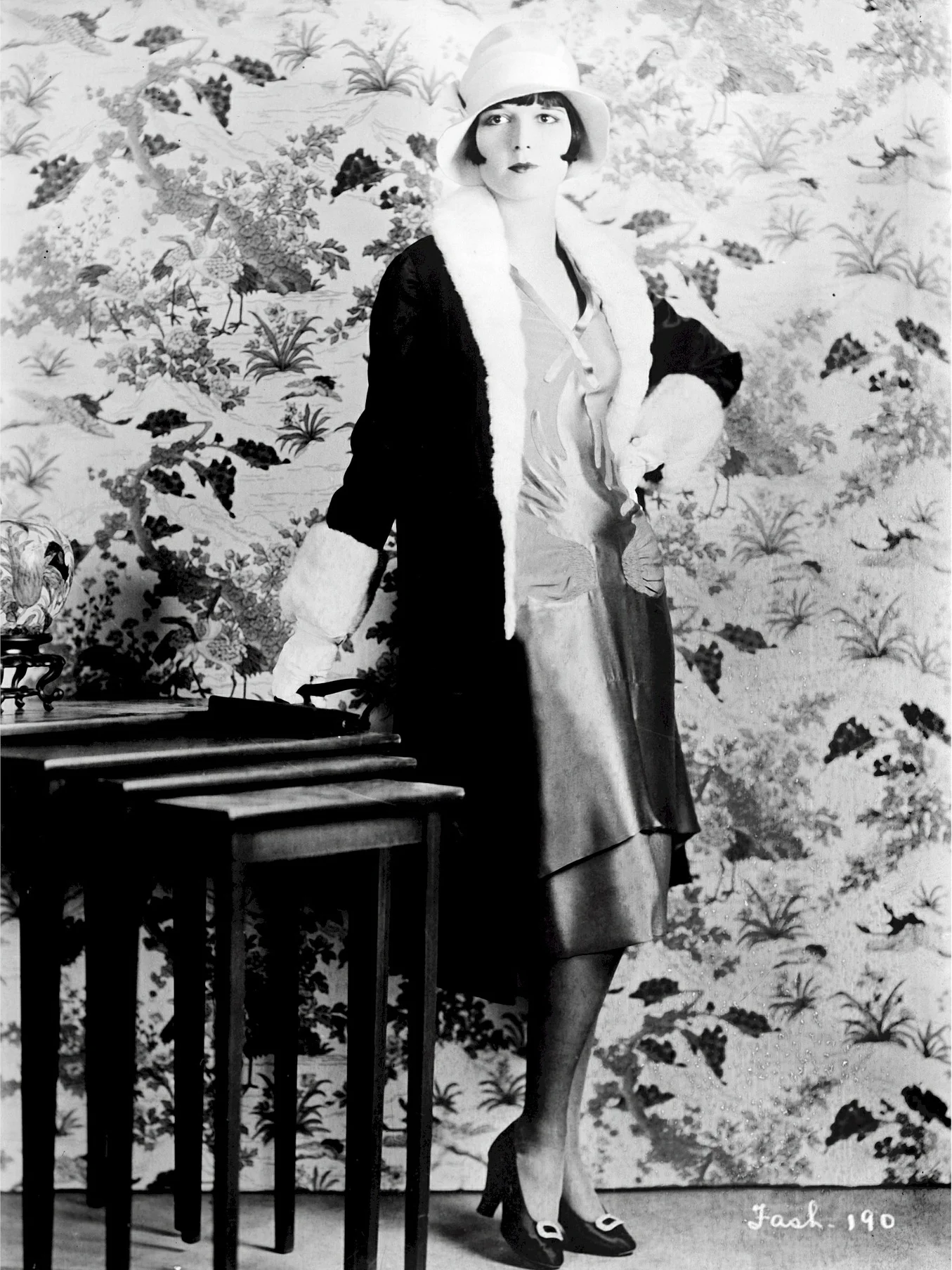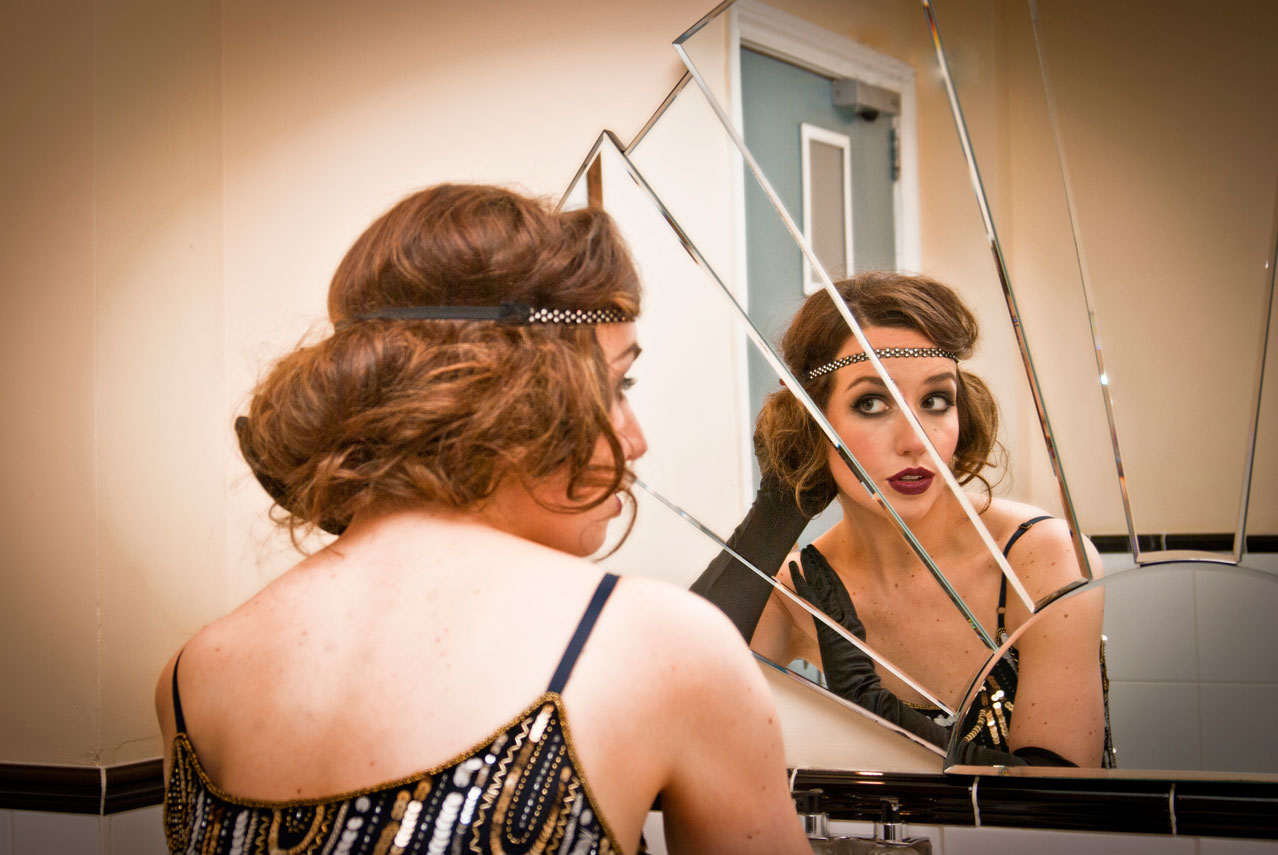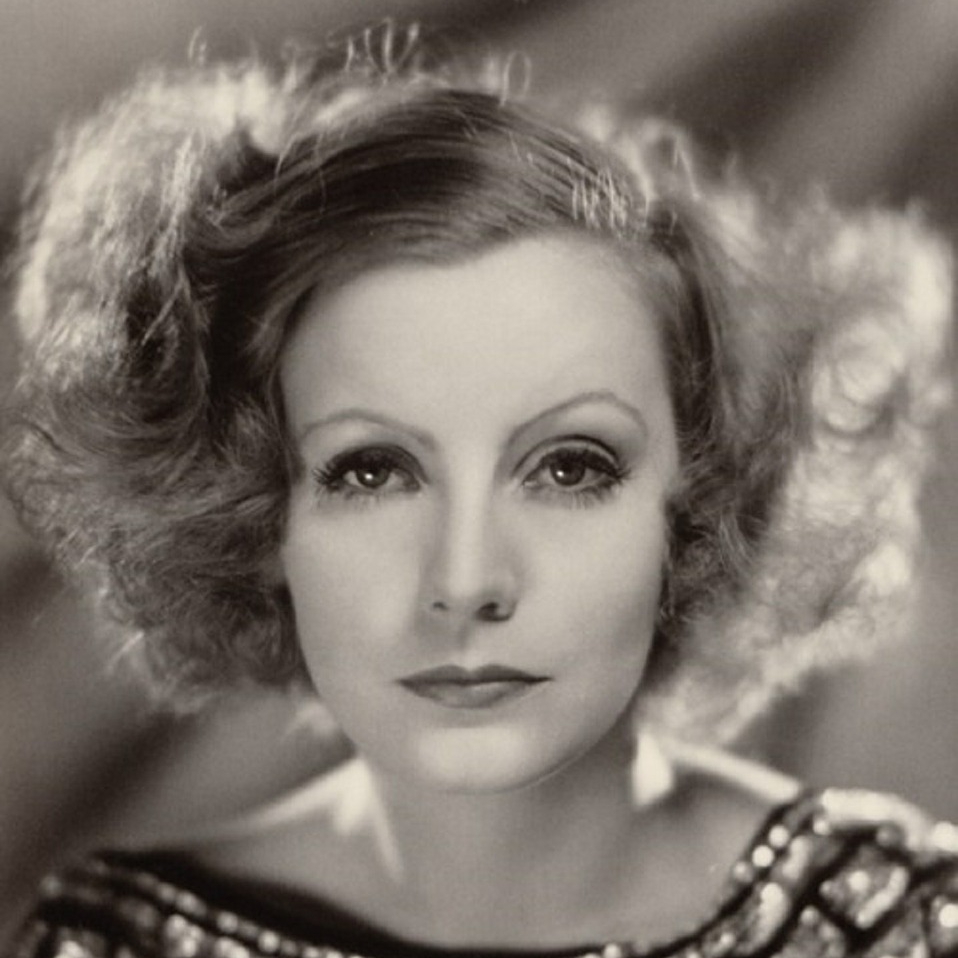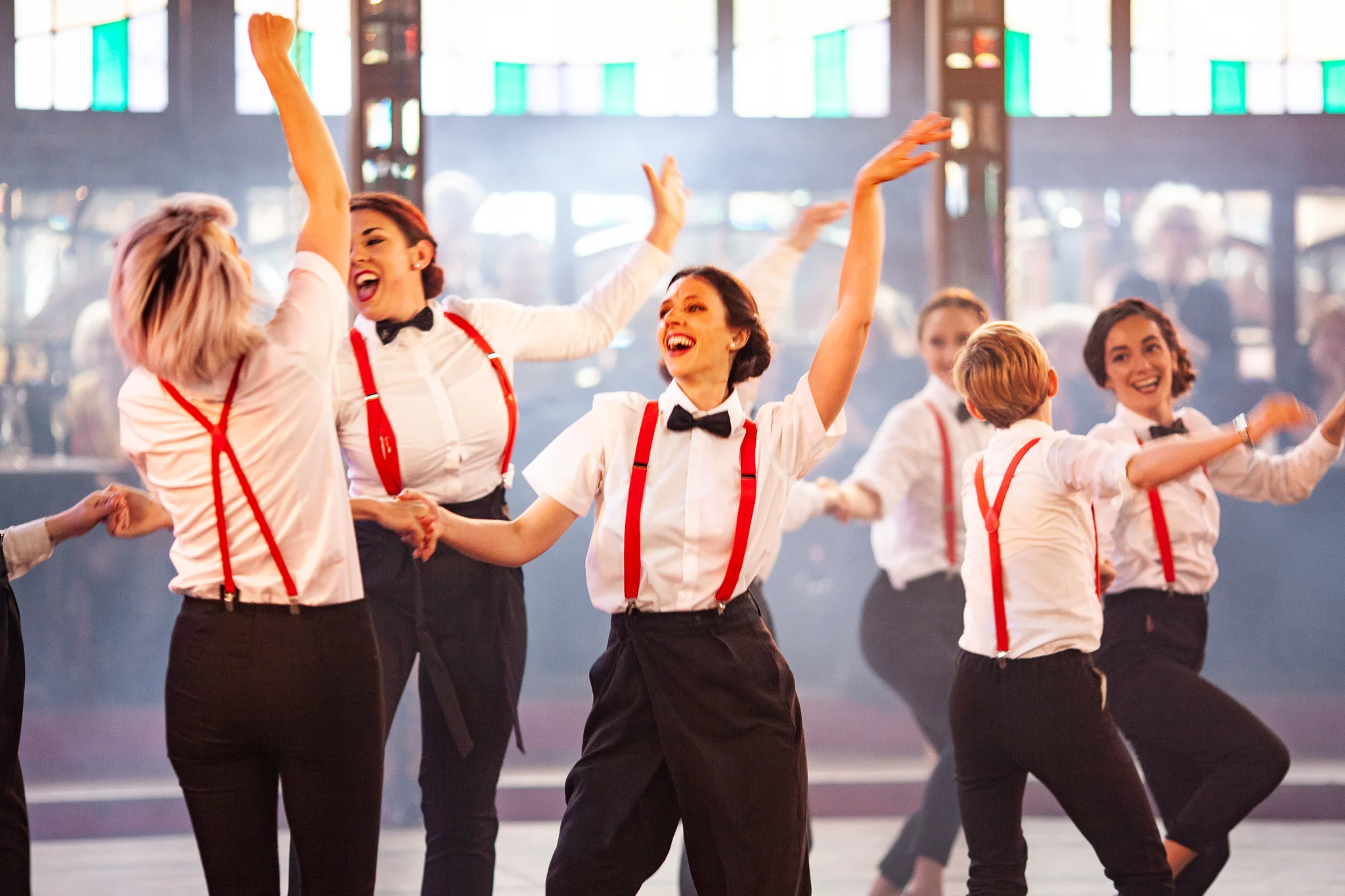
BLOG
Read about all things Charleston
Health benefits of Charleston dancing
It’s no secret that dancing brings a wide range of physical and mental health benefits with it, which is why dancing is a fun way to stay fit for people of all ages, shapes and sizes. We would like to show you some of the many health benefits of Charleston dancing in this blog, so keep reading if you want to know more.
It’s no secret that dancing offers a wealth of physical and mental health benefits, making it an enjoyable way to stay active for people of all ages, shapes, and sizes. Charleston dancing, in particular, provides a full-body and mind workout that can positively impact your quality of life, body image, and mood. Plus, it’s a fantastic way to help reduce depression and ease anxiety.
Benefits of Dancing for your Brain
Dancing isn’t just great for your body—it’s a workout for your brain, too! Research from Coventry University highlights that regular dance practice can improve spatial working memory (the ability to hold and replicate visual information) by an impressive 18%, along with boosting other areas of cognitive function.
For older adults, the benefits are even more significant. Frequent dancing has been associated with a 76% reduced risk of developing dementia, making it a valuable tool for maintaining brain health as we age. Brain imaging studies also show that dancing increases the volume of the hippocampus, a critical area for spatial memory, more effectively than traditional fitness exercises.
Additionally, dancing enhances white matter in the brain, which supports processing speed and memory. Remarkably, these improvements in white matter are not observed in other forms of exercise, emphasizing how unique dancing is in its ability to boost cognitive health.
For more insights into the amazing benefits of dancing, check out Michael Mosley’s Just One Thing podcast—a 10-minute deep dive into how dancing can transform your well-being. 🎧
Physical Health Benefits
1. Improved Heart and Lung Health
The dynamic movements of Charleston dancing improve blood circulation, making your heart more efficient. Your lungs benefit, too, as the increased oxygen intake enhances overall respiratory function.
2. Better Balance and Spatial Awareness
Charleston dancing promotes good posture and trains your balance. It increases spinal mobility, reducing the risk of issues like slipped discs. By focusing on coordination and motor skills, dance also sharpens your mind while strengthening your body.
3. Enhanced Coordination, Agility, and Flexibility
Spending long hours sitting? Charleston dancing is a perfect remedy for tension and stress. It improves blood flow to tendons and ligaments, maintaining or even enhancing your mobility. The complex movement patterns—such as coordinating your upper and lower body simultaneously—sharpen your concentration, coordination, balance, and agility.
MENTAL HEALTH
Mental Health Benefits
1. Boosted Cognitive Function
Charleston dancing improves brain blood flow, leaving you more alert and efficient. Studies suggest that dancing can reduce the risk of dementia, as the rhythmic and coordinated movements enhance connections between brain cells, keeping your mind sharp and young.
2. Greater Self-Confidence and Social Skills
Dancing releases endorphins, leaving you feeling happier, more relaxed, and satisfied. Attending Charleston dance classes also offers a chance to meet new people, building your social skills and boosting your confidence.
Whether you’re looking to improve your physical health, sharpen your mind, or lift your mood, Charleston dancing is the perfect solution. If you’re ready to give it a go, check out our upcoming Charleston dance courses—starting soon!
3 flapper girls you must know
In the 1920s flappers girls broke the image of what a traditional woman should be. They cut their hair short, wore make-up and are what many considered the "modern" woman, breaking away from victorian womanhood. Flapper girls Josephine Baker, Clara Bow and Louise Brooks are maybe the most most famous three from the era but what made them stood out and stand the test of time?
In the 1920s flappers girls broke the image of what a traditional woman should be. They cut their hair short, wore make-up and are what many considered the "modern" woman, breaking away from victorian womanhood. Flappers Josephine Baker, Clara Bow and Louise Brooks are maybe the most famous three from the era but what made them stood out and stand the test of time?
Josephine Baker
JOSEPHINE BAKER
Josephine Baker was born in Missouri in 1906. Originally she was named Freda Josephine McDonald, but after immigrating to France she was known as Josephine Baker.
She is one of the most famous Charleston dancers of the era and her career began as a street dancer, which attracted attention and helped her being recruited as a dancer for the St. Louis Chorus Vaudeville show at the age of 15. Not long after this, she moved to New York City where she performed at the Plantation Club and in the Broadway chorus line of Shuffle Along and The Chocolate Dandies.
After New York, she moved to Paris in France where she stayed until she died. Her Danse Sauvage brought her success overnight, because her skirt was consisting only of a griddle of artificial bananas. It’s one of her most famous pictures and a symbol of the Jazz of the 1920s, and it also gave birth to the term “Art Deco”.
Baker was not only an entertainer but also an activist. During World War Ⅱ, she aided the Red Cross, the French Forces and the French Resistance. And in the United States she refused to perform for segregated audiences and is noted for her involvement in the Civil Rights Movement. In 1975 Josephine Baker died in France.
Louise Brooks
LOUISE BROOKS
Louise Brooks, who was born in 1906, has one of the most iconic flapper looks: Her bobbed hair, The American was a famous dancer, an actress and later in her life an author. She came into the spotlight as Lulu in the film Pandora’s Box.
Her career began at the age of 15, when Brooks dropped out of school to move to New York City to join the Denishawn dance troupe. She performed two seasons with Denishawn, but was dismissed at the end of her second season, because St. Denis, one of the most renowned artists of that time, thought that Brooks was possessed by a superior attitude.
After this, she found work as a Broadway chorus girl and became a Zeigfeld showgirl.
Brooks travelled to England, where she found work at the city’s famed Café de Paris and became the first person to dance the Charleston in London. This helped her get noticed by film star Charlie Chaplin, with whom she had an affair that lasted one summer.
When Brooks was 18 years old, she signed a five-year contract with Paramount, which is still a leading film studio, but in her days, she was never really considered a major star in the film industry. In 1985 Louise Brooks died of a heart attack.
Clara Bow
CLARA BOW
Clara Bow, born Clara Gordon Bow in 1905 was an American actress which became famous through silent films during the 1920s.
At the age of the 16 she participated at the nationwide acting contest, because previous winners got film roles, and Bow wanted to be an actress. She won an evening gown and a silver trophy, but the breakthrough never came after the competition.
In 1921 Bow was introduced to the director Christy Cabanne, who cast her in Beyond the Rainbow and was really impressed by her, but she was cut out in the final print. Bow dropped out of school after this incident and worked a normal job.
But her father encouraged her to keep looking for a film role because it was a huge dream of her. In 1923 she was featured in the silent film Down to the Sea by Elmer Clifton, which helped her getting known as an actress.
One year later Bow got her first lead role in the film Poisoned Paradise.
The appearance in the film It brought her global fame and the name “The It Girl”. Now she is still the personify to the Roaring Twenties and is often described as its leading sex symbol.
In 1965 she died of a heart attack.
3 flapper girls you must know
In the 1920s flappers girls broke the image of what a traditional woman should be. They cut their hair short, wore make-up and are what many considered the "modern" woman, breaking away from victorian womanhood. Flapper girls Josephine Baker, Clara Bow and Louise Brooks are maybe the most most famous three from the era but what made them stood out and stand the test of time?
In the 1920s flappers girls broke the image of what a traditional woman should be. They cut their hair short, wore make-up and are what many considered the "modern" woman, breaking away from victorian womanhood. Flappers Josephine Baker, Clara Bow and Louise Brooks are maybe the most famous three from the era but what made them stood out and stand the test of time?
Josephine Baker
JOSEPHINE BAKER
Josephine Baker was born in Missouri in 1906. Originally she was named Freda Josephine McDonald, but after immigrating to France she was known as Josephine Baker.
She is one of the most famous Charleston dancers of the era and her career began as a street dancer, which attracted attention and helped her being recruited as a dancer for the St. Louis Chorus Vaudeville show at the age of 15. Not long after this, she moved to New York City where she performed at the Plantation Club and in the Broadway chorus line of Shuffle Along and The Chocolate Dandies.
After New York, she moved to Paris in France where she stayed until she died. Her Danse Sauvage brought her success overnight, because her skirt was consisting only of a griddle of artificial bananas. It’s one of her most famous pictures and a symbol of the Jazz of the 1920s, and it also gave birth to the term “Art Deco”.
Baker was not only an entertainer but also an activist. During World War Ⅱ, she aided the Red Cross, the French Forces and the French Resistance. And in the United States she refused to perform for segregated audiences and is noted for her involvement in the Civil Rights Movement. In 1975 Josephine Baker died in France.
Louise Brooks
LOUISE BROOKS
Louise Brooks, who was born in 1906, has one of the most iconic flapper looks: Her bobbed hair, The American was a famous dancer, an actress and later in her life an author. She came into the spotlight as Lulu in the film Pandora’s Box.
Her career began at the age of 15, when Brooks dropped out of school to move to New York City to join the Denishawn dance troupe. She performed two seasons with Denishawn, but was dismissed at the end of her second season, because St. Denis, one of the most renowned artists of that time, thought that Brooks was possessed by a superior attitude.
After this, she found work as a Broadway chorus girl and became a Zeigfeld showgirl.
Brooks travelled to England, where she found work at the city’s famed Café de Paris and became the first person to dance the Charleston in London. This helped her get noticed by film star Charlie Chaplin, with whom she had an affair that lasted one summer.
When Brooks was 18 years old, she signed a five-year contract with Paramount, which is still a leading film studio, but in her days, she was never really considered a major star in the film industry. In 1985 Louise Brooks died of a heart attack.
Clara Bow
CLARA BOW
Clara Bow, born Clara Gordon Bow in 1905 was an American actress which became famous through silent films during the 1920s.
At the age of the 16 she participated at the nationwide acting contest, because previous winners got film roles, and Bow wanted to be an actress. She won an evening gown and a silver trophy, but the breakthrough never came after the competition.
In 1921 Bow was introduced to the director Christy Cabanne, who cast her in Beyond the Rainbow and was really impressed by her, but she was cut out in the final print. Bow dropped out of school after this incident and worked a normal job.
But her father encouraged her to keep looking for a film role because it was a huge dream of her. In 1923 she was featured in the silent film Down to the Sea by Elmer Clifton, which helped her getting known as an actress.
One year later Bow got her first lead role in the film Poisoned Paradise.
The appearance in the film It brought her global fame and the name “The It Girl”. Now she is still the personify to the Roaring Twenties and is often described as its leading sex symbol.
In 1965 she died of a heart attack.
Move of the Week: Tick Tocks
This week we are teaching you Tick Tocks as our Move of the Week. A simple, but also very popular move in the Charleston.
This week we are teaching you Tick Tocks as our Move of the Week. A simple, but also very popular move in the Charleston.
Start off with your feet parallel. Keep your knees bent at all time and go really low.
If you want to travel to the right start by turning in your knees and feet and while turning out again slide a bit to your right side.
Turn your knees and feet in again, but this time while turning out lift your left foot off the floor. Make sure that you keep the position which you had on the floor and really flex your foot.
Then repeat the same to the left. Knees in and out, while moving to your left, but this time lift your right foot up.
Now to the arms. Hold them like a marionette and just mirror your knees and this is all you need to know for the Tick Tocks.
Move of the Week: The Hitchhike
You will never be without a lift with the hitchhike move, a travelling step which uses the classic thumb signal for hitching a ride.
You will never be without a lift with the hitchhike move, a travelling step which uses the classic thumb signal for hitching a ride.
The footwork is a simple step behind, so your travelling backwards. Its good to start by stepping back and bouncing. You need have a small pulse in each step you take.
Once you are comfortable with the pulse, add the swivel to your footwork. Each time you step back lift the heels out and when you place the foot, bring the heels in to create the swivel motion.
Interestingly a few of our students said they learnt to swivel through practicing this move.
Once the feet are moving in the right direction you can add the arms. When you travel, the same arms as leg is moving. So when you bring you right foot back, lift your right arm over your shoulder. The arms are moving as if your wiping your back with a towel.
You can also stylise the move by gently tilting the head of each move.
Charleston Move of the Week: Squat Charleston Variations
Last week we started to look at Squat Charlestons and we thought this one was worth another look at so we wanted to share with you how to combine single and double kicks with arms.
Last week we started to look at Squat Charlestons and we thought this one was worth another look as there some great ways to combine single and double kicks with arms.
The key to remember with this move is to keep your knees bent and you start with your feet in a wide second position. Each time you kick your leg, you are kicking to your side rather in front of the body. Your feet are always flexed and never pointed.
In terms of your arms, you can do them in to style: Either crossing in front of you on the single kicks with pushes over the left leg or in a swaying motion from side to side.
To stop you from falling over, you must engage your core.
Get the look: 1920s make-up and hair
The hair and make-up of the Roaring Twenties is one of the most glamorous eras of all time. We often get asked about the style, so here are some easy ways to recreate the most popular looks at that time.
The hair and make-up of the Roaring Twenties is one of the most glamorous eras of all time. We often get asked about the style, so here are some easy ways to recreate the most popular looks at that time.
MAKE-UP
The most defining make-up look of the 1920s was super-strong smokey eyes, with rose-coloured cheeks, dark-red lips and strikingly arched eyebrows.
Amy, our Savoy Kicks member, with 1920s make-up look
The lips
The upper lip was heart-shaped with a thinner lower lip, which creates a round looking mouth.
To recreate the lips, you should start by covering your lips with foundation or concealer to get a smooth base for your lipstick. Then the best way to continue is by lining your lips with a dark lip pencil following your lip shape with light strokes, emphasizing the bend in your upper lip. After this, fill in your lips with a similar colour and your good to go. You may not want to go with the full ‘cupids bow’ but
stick to dark red shades to get the best 20s throwback, because in this decade the dark red lips was the only colour available.
The eyebrows
The eyebrows were dramatically dark, arched and much thinner than we tend to do now.
To get the 20s look: take a dark brown or black and darken your eyebrow. Try to do just a really thin and arched eyebrow, by turning your eyebrows slightly downwards with the eyebrow pencil. Extend the ends to make them look extra long.
The smokey eyes
The eye make-up in the 1920s was super-smokey, which means that with just a smudgy dark pencil you would be good to go. Or you could start off with a lighter grey shade by using this as your base and than just apply a dark eyeshadow on to your eyelids. The more dramatic, the better!
To top it off use a black eyeliner around the eyes, especially on the top lip and curl your lashes or use false lashes to make your eyes stand out even more.
If you need more inspiration for 1920s make-up looks here is the link to the Pinterest board we have created.
Louise Brooks with the popular straight bob
Greta Garbo and typical eyebrows of the 1920s
HAIR
In the 1920s there were many different types of hairstyles, but the most popular ones are straight bobs or finger waves.
Finger waves
To recreate finger waves hairstyle you need a lot of hairspray and pins to hold your hair in place.
If you have longer hair start by making a bun at the nape of your neck, which should be a little bit off-center, but leave some hair out of the bun on the side with more hair on it, so you can create the finger waves.
Now comes the tricky part: Take the hair you left out of the bun and a straighters and start by clamping your iron down on that piece and do half rotation outwards, to create a little wave. Hold it for a few moments and then move a little bit down to do this process again, but this time do a half rotation inwards. Do this as long as it takes you to complete the piece you left out. Now take the pins and pin your waved hair to the side of your face, secure it with hairspray and you are finished.
You could add a 1920s hair band or other hair accessories, which were typical for the 1920s to top off your look, but this isn’t a need.
In the YouTube tutorial below another easy way to do the 1920s finger waves is shown.
If you are looking to do a faux bob, check out blog piece here. and If you need more inspiration for your perfect 1920s hair and make-up look, you can visit our Pinterest board. MyCharleston put together a board with typical hairstyles and make-up looks. If you want to have a look, simply click here.
If you manage to recreate the look, email in your pics at hello@mycharlestondance.com
Premiere - Fun Charleston Dance Busby Berkeley
MyCharleston's autumn dance course culminated in a film project inspired by Busby Berkeley. Having done a number of big film projects, this year we thought we would change things by using new filming techniques and a stunning church venue in central Brighton to create a dance film inspired by Busby Berkeley,
MyCharleston's autumn dance course culminated in a film project inspired by Busby Berkeley. Having done a number of big film projects, this year we thought we would change things by using new filming techniques and a stunning church venue in central Brighton to create a dance film inspired by Busby Berkeley.
We made a unique plan to create interesting patterns of marches, kaleidescope images with chorus dancers and uniformed costume.
The routine took 6 weeks to teach and involved dancers from across the South Coast including Brighton and Hove, Eastbourne, Worthing and Lewes. We are incredibly grateful to all our wonderful dancers who took part and delighted with the end result.
Choreography - Fiona Ring and Elena Collins
Director and Editor- Fiona Ring
Everything you need to know about The Black Bottom
The next course routine Black Bottom, has a fascinating history so before you learn the MyCharleston version, here is some background on the dance and a great selection of video clips for you to enjoy with a sneak peek of the next course routine.
The next course routine Black Bottom, has a fascinating history so before you learn the MyCharleston version, here is some background on the dance and a great selection of video clips for you to enjoy along with a sneak peek of the next course routine.
The Black Bottom was the next dance fad to hit America after the Charleston became popular in the 1920s. The dance itself consists of a number of moves the most iconic being the one where you slap the floor and then slap both bum cheeks. You would be forgiven for thinking this cheeky bit of choreography is how the dance got it’s name but it was in fact named after a district in Detroit.
MyCharleston have been dancing the Black Bottom for many years the routine we originally learnt was by The Dance Jubilee Troupe and was filmed in the 1950s. I suspect the original dance was nothing like this, in fact it’s more of a foot shuffle. However in this routine you see a move where you jump between four contrasting postures, it’s like an exaggerated version of “Itches” and has become iconic within the Black Bottom catalogue of moves.
Like the Charleston this is a dance which originates from African Americans and was then adopted by mainstream American Culture. The dance is so steeped in history that I could write a whole thesis on it but I won’t. Let me finish by saying there are many versions of the dance and the tune Black Bottom. For the next course we’ve selected the Spike Jones version. So pour yourself a cuppa and enjoy these clips of dancers, musicians and singers all performing the Black Bottom …
Black Bottom from the film The Best Things in Life Are Free
Singing Black Bottom - Judy Garland in A Star is Born
To book your spot on the MyCharleston courses, head over to our classes page
Original photos from 1920s
Original posters from 1920s
Ragtime Dazzle Dazzle Highlights
MyCharleston’s Brighton Fringe event, Ragtime Razzle Dazzle was a great success as we danced and partied through the afternoon. The ambition this year was to shift the emphasis from performance to participation, so we couldn’t be more pleased when we received a review saying, “It was the most glamorous and inclusive dance event at the Spiegeltent”
MyCharleston’s Brighton Fringe event, Ragtime Razzle Dazzle was a great success as we danced and partied through the afternoon. The ambition this year was to shift the emphasis from performance to participation, so we couldn’t be more pleased when we received a review saying, “It was the most glamorous and inclusive dance event at the Spiegeltent”
Dance Taxi
The “Dance Taxis” were a big hit as they created real engagement from the moment people entered the space. We gave everyone a dance card with a list of moves to learn. They could then hail a ride and a dance taxi showed them the essential moves. I think this old time tradition which goes back to the time of the Savoy, has definitely got some mileage at a modern day dance event. You only need to show people a few moves to make them feel more confortable about getting up and having a dance.
This year’s band went for an early jazz style and kicked off with a New Orleans inspired walkabout. It was a daring bit of theatre for us as we processed behind the sousaphone player, singing, clapping and dancing. Would people join in or just look at us blankly? We had barely passed the stage when I looked back and saw a full crowd of people had joined the line and were joining us in voice and movement. That moment was such a thrill to witness.
The afternoon flew by with some elements the same as previous years, we couldn’t loose the classes because that's the thing that brings everyone together on the dance floor. We dropped the ‘Strictly’ contest this year and that created a lot more space for dancing and enjoying the band. However, we still raised £100 for the charity Mind through the tips our dance taxis earnt. The dance off, as always was a big highlight, watching people go for it with absolute abandonment is such a joy. Thank you everyone for your giving it everything and a huge congratulations to Carol, this years winner. Thank you also to the new MyCharleston Troupe, watching all ten of them performing and dancing together in synchronicity has so much impact.
MyCharleston dance troupe
At MyCharleston we want to encourage anyone to give dance a go, we’ve never used the word ‘inclusive’ to describe ourselves but that's absolutely at the heart of what we do. Watching the two hours of footage from the event, everyone looks so happy but of course that's not all down to us. The Charleston community is such a vibrant collection of people who all seem to have two things in common, a sense of fun and a love of dance.






















